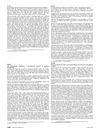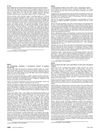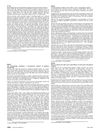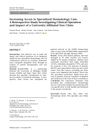The Dermatology Consultant: A Retrospective Analysis of Inpatient Dermatology
May 2014
in “
Journal of The American Academy of Dermatology
”
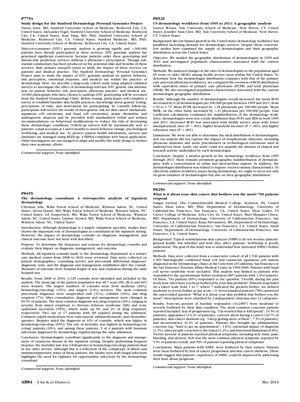
TLDR Dermatologists greatly affect inpatient diagnosis and treatment of skin conditions, especially in spotting infections in patients with weakened immune systems.
The document presents a retrospective analysis of 1,129 inpatient dermatology consults at a tertiary care medical center from 2008 to 2010. The mean age of the patients was 48.7 years, with 46% being women. The majority of consults came from medicine (46%), hematology/oncology (25%), and surgery (14%) services. The most common preconsult diagnoses were unspecified rash (31%), cellulitis (10%), and drug eruption (7%). After consultation, diagnosis and management changed in 69.5% of cases. The most frequent diagnosis post-consult was drug eruption (20%), with Stevens-Johnson syndrome (SJS) and toxic epidermal necrolysis (TEN) accounting for 8% and 4% of these, respectively. Biopsies were helpful in 43% of consults, particularly in hematology/oncology (65%). The mortality rate was highest among hematology/oncology patients (10%), with a notable fatality rate for those with fusarium infections diagnosed by dermatology. The study concludes that dermatologists play a crucial role in the inpatient setting, significantly impacting diagnosis and management of cutaneous diseases, and highlights the importance of vigilance for opportunistic infections in immunocompromised patients.
